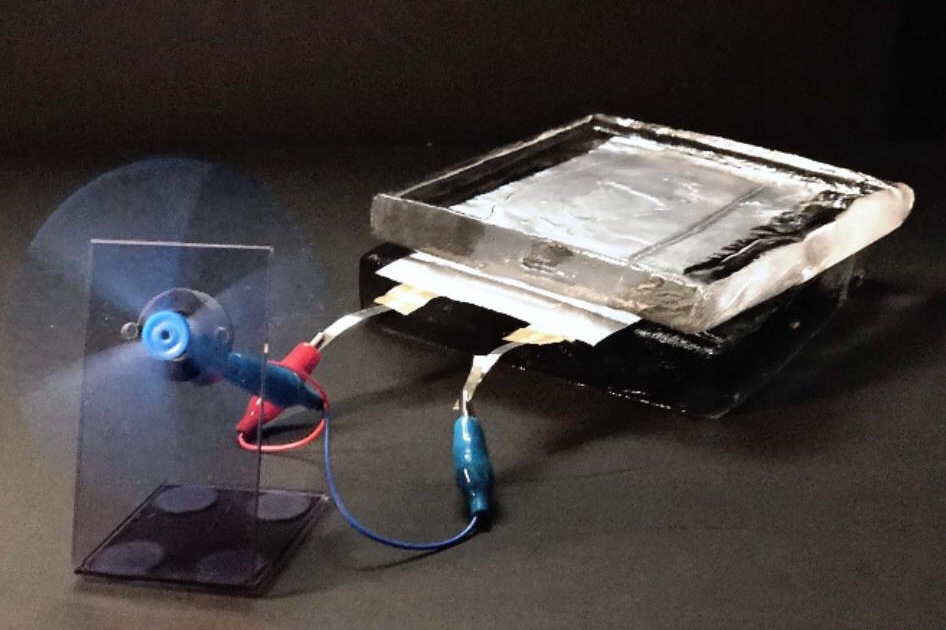
日本电动玻璃:下一代全固态钠离子电池:实用水平的性能确认
日本电动玻璃:
6月12日,下一代电池“全固态钠离子电池”宣布:“要取出的电流已增加到传统电池的20倍。
通过“开发诸如减小用于正极的玻璃材料的尺寸的材料”来改善电流。
它可以应用于车辆。
通过建立以2025年为目标的大规模生产系统来实现商业化。
全固态钠离子电池:
它比目前广泛使用的锂离子电池更安全。
由于用作材料的资源丰富,成本有望降低。
在使用小型电动机的实验中,我们证实了“即使在低温下也可以在不降低性能的情况下进行充电/放电”。
日本经济新闻
https://r.nikkei.com/article/DGXMZO60309260S0A610C2LKA000?s=4
Paper on all solid state secondary battery appears in Scientific Reports – Nature
https://www.neg.co.jp/uploads/sites/2/news_20200612_en.pdf
Enhanced rate capabilities in a glass-ceramic-derived sodium all-solid-state battery
Published: 11 June 2020
Hideo Yamauchi, Junichi Ikejiri, […]Takayuki Komatsu
Scientific Reports volume 10, Article number: 9453 (2020) Cite this article
Abstract
An all-solid-state battery (ASSB) with a new structure based on glass-ceramic that forms Na2FeP2O7 (NFP) crystals,
which functions as an active cathode material, is fabricated by integrating it with a β″-alumina solid electrolyte.
Two important factors
that influence the rate capability of this ASSB were optimised.
First,
the particle size of the precursor glass powder from which the NFP crystals are formed was decreased.
Consequently,
the onset temperature of crystallisation shifts to a lower temperature, which enables the softening of NFP crystals and their integration with β″-alumina at a low temperature, without the interdiffusion of different crystal phases or atoms.
Second,
the interface between the β″-alumina solid electrolyte and cathode active materials which consisted of the NFP-crystallised glass and acetylene black used as a conductive additive,
is increased to increase the insertion/release of ions and electrons from the active material during charge/discharge processes.
Thus, the internal resistance of the battery is reduced considerably to 120 Ω.
Thus, an ASSB capable of rapid charge/discharge that can operate not only at room temperature (30 °C) but also at −20 °C is obtained.
This technology is an innovative breakthrough in oxide-based ASSBs, considering that the internal resistance of liquid electrolyte-based Li-ion batteries and sulphide-based ASSBs is ~10 Ω.
Scientific Reports
https://www.nature.com/articles/s41598-020-66410-1